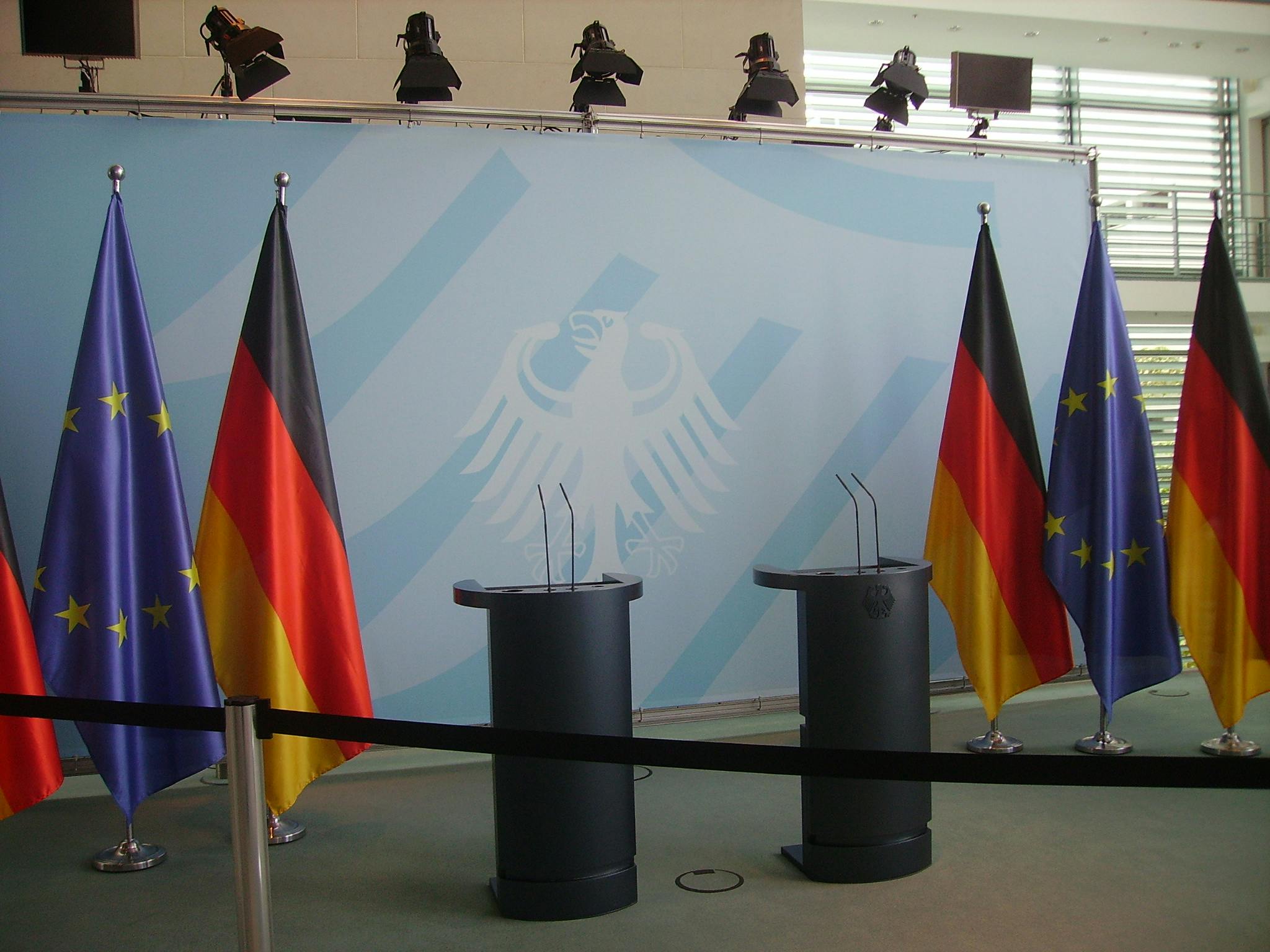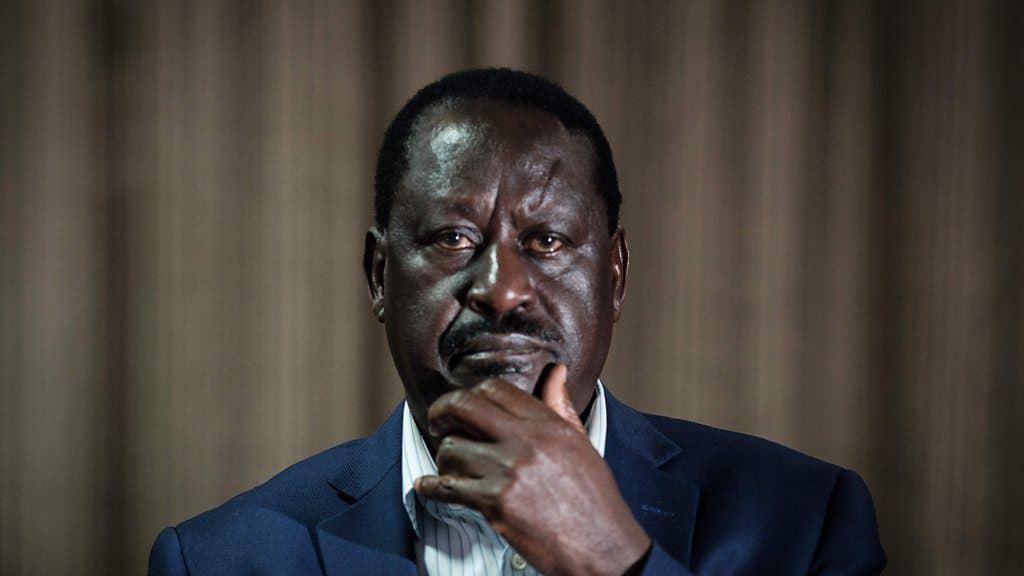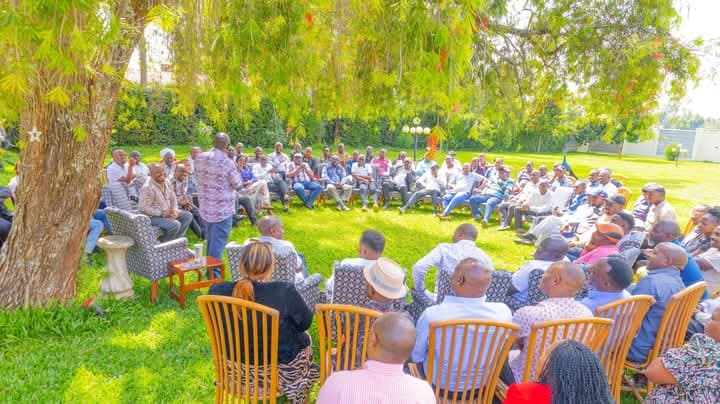Rich Content:
We are living in the age of disinformation, where false information is crafted with the intent to deceive, manipulate, and control public opinion. Disinformation—often referred to as fake news—has become a potent tool for authoritarian regimes, populist movements, and even foreign governments seeking to destabilize democratic systems. From distorted social media posts to sophisticated deepfake videos, the line between truth and lies is becoming increasingly blurred.
The rise of disinformation poses a dire threat to democratic societies, eroding public trust in institutions, media, and even reality itself. How did we get here, and what can be done to reverse the tide of lies threatening democracy worldwide?
What Is Disinformation?
Disinformation is the deliberate spread of false or misleading information with the intent to deceive or mislead. It differs from misinformation, which refers to the spread of inaccurate information without malicious intent. Disinformation is often weaponized for political gain, polarizing societies and undermining the democratic process.
Historical Roots: While disinformation has existed for centuries, with rulers and states spreading falsehoods to maintain power, its modern iteration has been supercharged by digital technology and social media. The viral nature of platforms like Facebook, Twitter, and YouTube allows disinformation to spread far more rapidly and widely than ever before.
Deepfakes: One of the latest threats is the rise of deepfake technology—computer-generated audio or video that convincingly mimics real people. These fakes can be used to create videos of politicians appearing to say things they never said, creating confusion and sowing distrust.
By weaponizing disinformation, political actors can shift public discourse, damage opponents, and even influence elections, all while undermining the very foundations of democratic debate.
The Role of Social Media in Spreading Disinformation
Social media has become the primary battleground for disinformation. Platforms designed to connect people and share information have also enabled the viral spread of lies and conspiracy theories.
Echo Chambers: Social media algorithms prioritize content that generates engagement—likes, shares, and comments. Unfortunately, this often means that sensationalist or emotionally charged content, which is frequently inaccurate or misleading, gets amplified. Over time, people become trapped in echo chambers, where they are exposed only to information that reinforces their existing beliefs, deepening societal divides.
Foreign Interference: In some cases, foreign governments have actively used social media to spread disinformation and manipulate public opinion in other countries. The most notable example is Russia's interference in the 2016 U.S. Presidential Election, where Russian operatives used fake social media accounts to spread disinformation, polarize voters, and sow distrust in the electoral system.
Social media’s decentralized nature makes it difficult to regulate and even harder to stop the spread of disinformation. With billions of users worldwide, it has become the perfect tool for those seeking to distort truth and disrupt democracy.
Disinformation in Politics: A Global Crisis
The impact of disinformation is being felt in political systems across the globe, where the deliberate spread of fake news has affected elections, policy debates, and even public health.
U.S. Elections: The U.S. has been a major target of disinformation campaigns, particularly in the lead-up to elections. In both 2016 and 2020, false claims about voter fraud, rigged elections, and conspiracy theories surrounding candidates were circulated on social media, eroding public trust in the democratic process. Even after the 2020 election, disinformation about the legitimacy of the results culminated in the January 6th Capitol Riot, a stark example of the dangerous consequences of misinformation-fueled polarization.
Brexit: In the United Kingdom, the Brexit referendum was marked by disinformation campaigns that promoted false claims about the benefits of leaving the European Union, such as inflated figures on EU costs and misleading promises of reinvestment in public services. Disinformation was so rampant during the campaign that a subsequent parliamentary report accused social media platforms of failing to prevent the manipulation of voters.
COVID-19 Disinformation: The global pandemic brought with it a deluge of COVID-19 disinformation, with false claims about the virus, vaccines, and treatment options spreading rapidly. Disinformation campaigns targeted vulnerable populations, leading to vaccine hesitancy, resistance to public health measures, and in some cases, the loss of lives.
These examples highlight how deeply disinformation has permeated political discourse and how it can undermine not only elections but public trust in government institutions and scientific knowledge.
Disinformation and Authoritarianism
Authoritarian regimes have long understood the power of controlling information, and in the digital age, disinformation has become a central strategy for maintaining power and controlling populations.
Russia: Under Vladimir Putin, Russia has perfected the use of disinformation as a political tool, both domestically and internationally. The Kremlin-backed RT (formerly Russia Today) network, along with internet troll farms and fake social media accounts, have been used to spread misleading narratives about Western democracies, from the Syrian Civil War to the legitimacy of NATO. Domestically, disinformation is used to discredit opposition figures and control the narrative around elections, protests, and government policies.
China: The Chinese Communist Party has also used disinformation to bolster its power and suppress dissent. In the face of international criticism over its handling of COVID-19, China launched a disinformation campaign to downplay the origins of the virus, promote conspiracy theories about foreign interference, and discredit countries like the United States. Additionally, China has used disinformation to manipulate narratives around the treatment of Uyghur Muslims in Xinjiang and the Hong Kong protests, aiming to control both domestic and international opinion.
By controlling information, authoritarian regimes can stifle opposition, maintain public support, and weaken democratic systems abroad.
The Psychological Impact of Disinformation
One of the most insidious aspects of disinformation is its effect on the human psyche. False information is often designed to provoke strong emotional reactions—fear, anger, or hatred—making it more likely to spread and be believed.
Confirmation Bias: People are more likely to believe information that aligns with their pre-existing beliefs, a psychological phenomenon known as confirmation bias. Disinformation exploits this tendency, creating false narratives that reinforce ideological divisions and deepen social fragmentation.
The Illusory Truth Effect: Repeated exposure to false claims can make them seem more believable—a phenomenon known as the illusory truth effect. Even if people initially recognize a falsehood, repeated encounters with the same misinformation can erode their skepticism, leading them to accept it as truth.
These psychological vulnerabilities make combating disinformation even more challenging, as once false beliefs take root, they are difficult to dislodge, even in the face of contradictory evidence.
Solutions: Combating Disinformation
Fighting disinformation requires a multifaceted approach, involving both technological innovation and public education.
Media Literacy: Educating the public on how to critically evaluate information is one of the most effective ways to combat disinformation. Media literacy programs that teach people how to spot fake news, verify sources, and think critically about what they read online can help inoculate societies against the spread of disinformation.
Regulation of Social Media Platforms: Governments and social media companies must work together to regulate the spread of disinformation. Content moderation tools, fact-checking initiatives, and algorithms designed to de-prioritize false content can all play a role in reducing the reach of disinformation.
International Cooperation: Since disinformation often crosses national borders, there needs to be a coordinated international response. This could include global agreements on regulating disinformation, cyber-defense strategies, and collaborations between governments to combat foreign interference in elections.
Ultimately, combating disinformation will require a sustained and collaborative effort across governments, tech companies, media organizations, and civil society.
Conclusion: The Truth in Peril
In a world where disinformation is spreading faster than ever before, the very foundation of democracy—truth—is under attack. As we grapple with the consequences of this global crisis, the question remains: can we restore trust in facts and rebuild democratic discourse? The answer will depend on our collective ability to recognize, resist, and ultimately overcome the forces of deception that threaten to destabilize the world.







